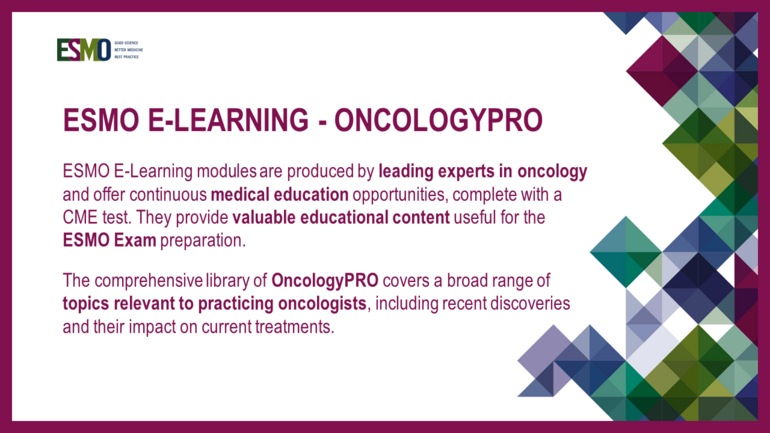In this V-Learning module, the author emphasizes that improved understanding of tumour biology and genetics has allowed a more rapid and targeted drug development. The incorporation of biomarkers from the initial stages into the process of drug development is essential.
In this module, the author describes moving from a ‘one size-fits all’ approach to drug development in selected patient groups. Historically, anti-cancer drugs, with often cytotoxic/unselected mechanism, were developed in unselected patient populations. This, in combination with not state- of- the- art trial designs, resulted in long development and approval processes, and moreover in high attrition rates of new drugs.
Molecular characterisation of the tumour, micro-environment, and immune system leads to a better understanding of complex tumour biology and in the right context ideally leads to the right treatment for the right patient at the right time. What is expected from tailored treatment is to reduce “trial-and-error” medicine, make the use of drugs safer by reducing adverse side effects, develop strategies, including novel trial designs, to reduce the time and cost of drug development, and allow the use of surrogate endpoints in proof-of-concept trials.
In this module, the author tackles differences in early phase trial designs for testing chemotherapy and molecular targeted agents. He explains early ‘go or no-go’ decision processes. He emphasizes the need for information technology’s input. Health information technology integrates data sets with gene expression profiles, metabolic, immunohistochemical profiles and clinical outcome data. The use of technologies to model interactive pathways that incorporate molecular biology allows the interpretation of complex oncological systems.
Besides elaborating on the importance of next generation DNA sequencing, mRNA profiles, protein structure and metabolic pathways, he also tackles real-time assessment of resistance mechanisms, rational combinations of agents especially with new immunotherapies, ideal schedule and duration of therapy, sequential use of therapies versus maintenance therapy, and re-imbursement strategies.


